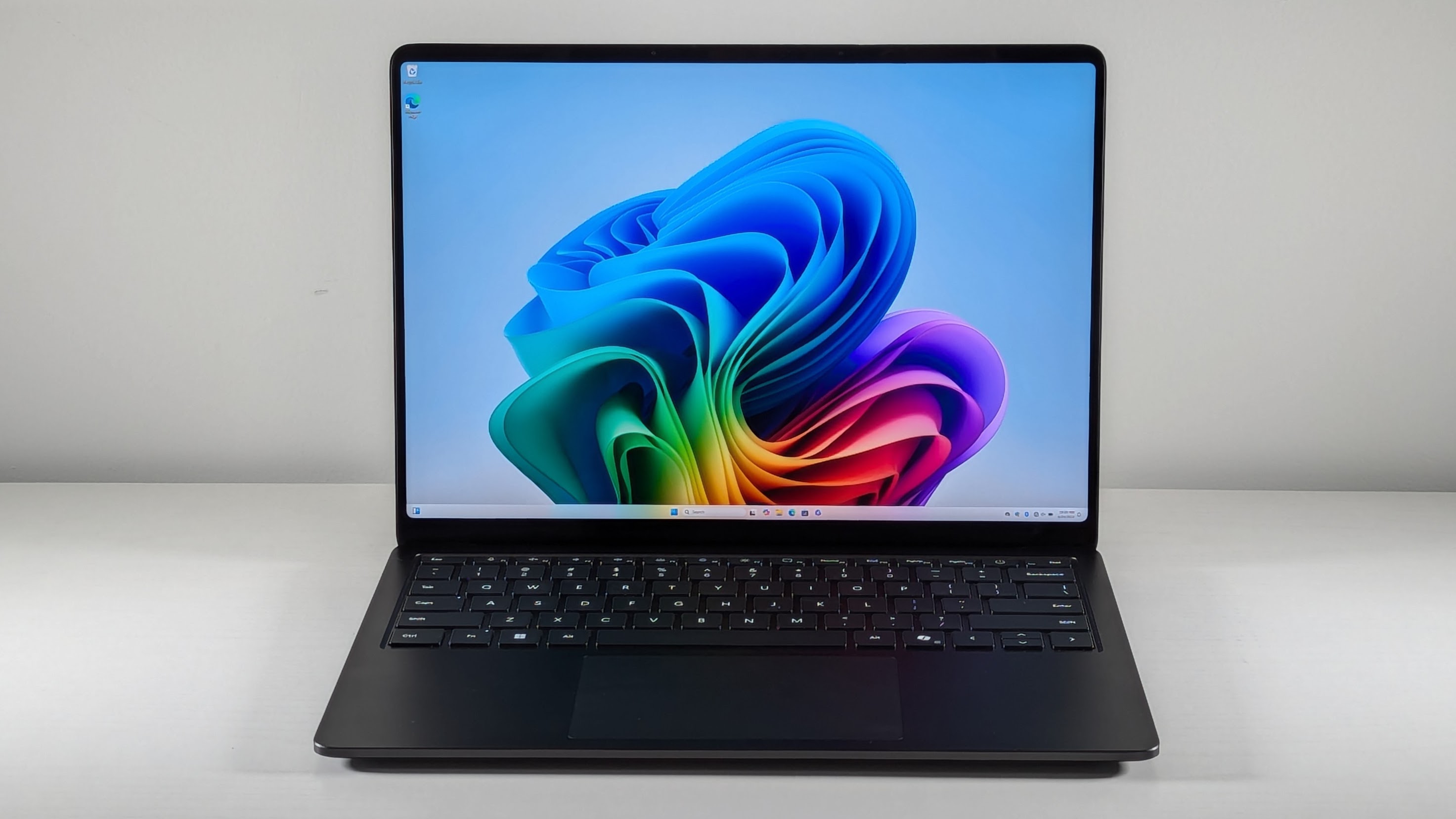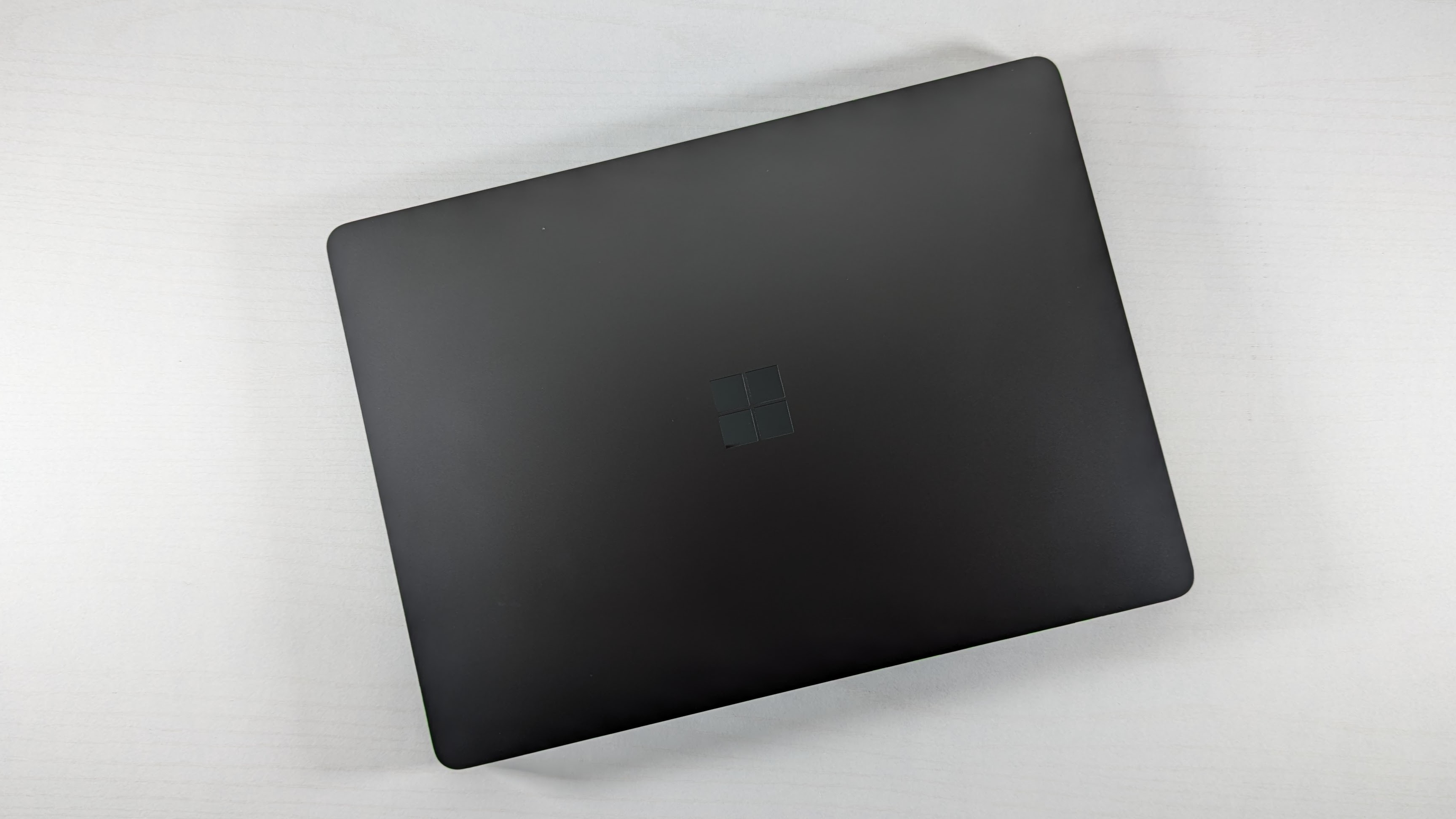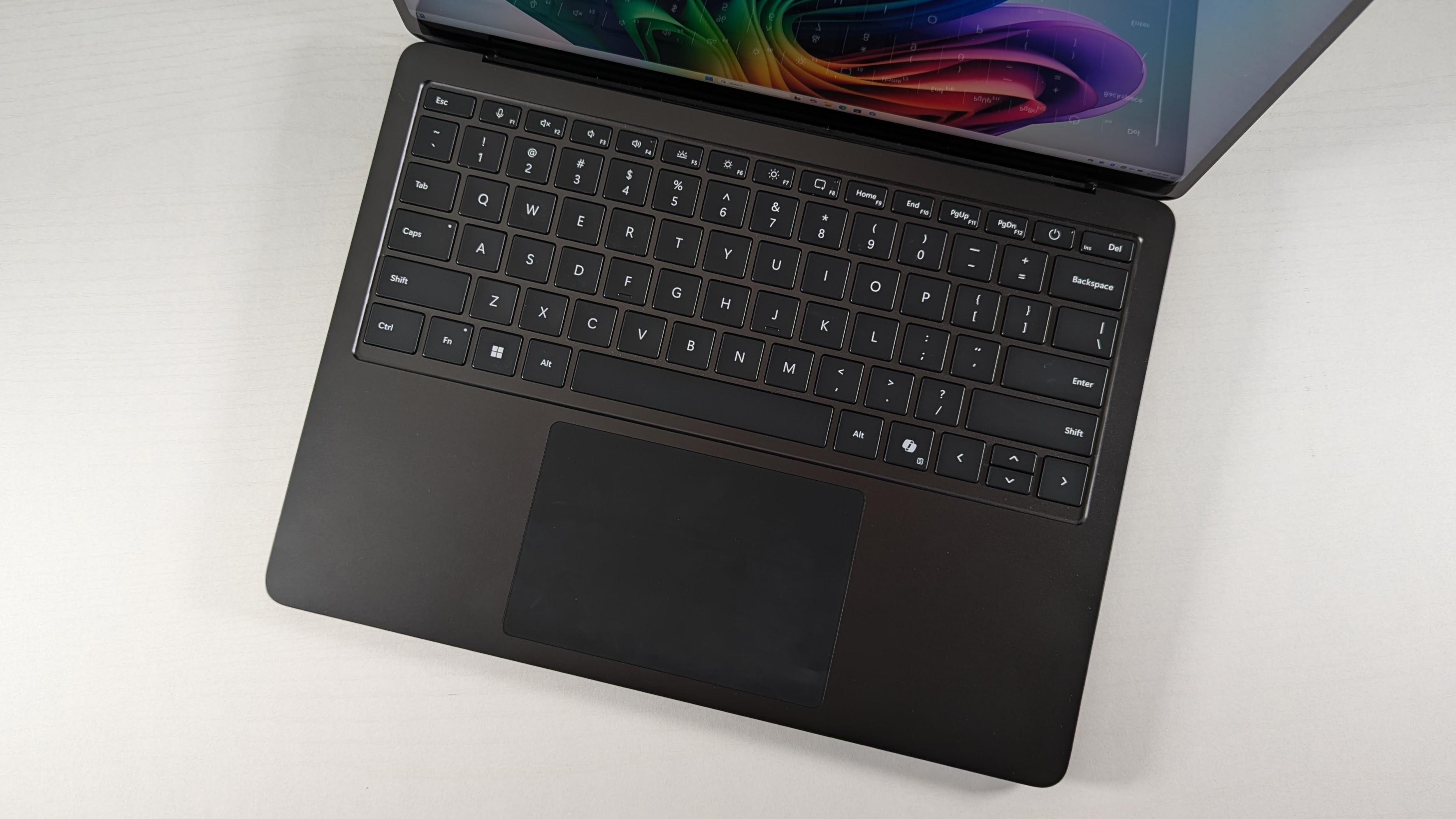
Qualcomm loved showing off its new Snapdragon X Elite chips playing the latest and greatest games of the past few years. Tailor-made demos are one thing, but how do games like Control and Baldur’s Gate 3 run for the average user? I gamed on the Microsoft Surface Laptop 7th Edition to find out.
ARM-based processors for laptops, like the Snapdragon X Elite and Apple silicon, don’t have the best luck running video games, and that’s because most developers didn’t produce games with that hardware in mind. They lack the support and compatibility for Endpoint Detection & Response (anti-virus software) — which comes into play via anti-cheat engines in online video games.
With that in mind, the Microsoft Surface Laptop 7th Edition has a couple decks stacked against it. And since you’ve seen the headline, I think you know how it folds. But let me regale you with my trek to Mount Doom.
A gamer’s horror film
I started my journey on PC Game Pass as an optimistic lad. It seemed like the most logical place to go, it’s a Microsoft laptop after all. Oh, how naive I was. You see, when the Xbox app booted up, all I saw were Cloud games. I thought it must’ve been an error with the Microsoft account, but no. I confirmed everything. As it turned out, the Xbox app will not allow you to run any of its games natively on an ARM processor. Wow… that’s hundreds of games… gone.

Okay… I guess I’ll try Steam. I downloaded several games I owned, including Control and Baldur’s Gate 3. So I started with Control, and the lack of control I had during that process could have sent me spiraling into madness.
I spent 15 minutes fighting to change the resolution. I popped into the game with low resolution, I tried to change it and there wasn’t a setting above 1152 x 768, I saw that the laptop’s resolution had changed so I flipped that back to the original setting, I jumped back into the game and the resolution was unchanged, I looked at the desktop and it changed back to the low resolution. I wanted to pull my hair out. The only way I maintained the laptop and game’s resolution was flipping to Windowed mode and changing the laptop’s display resolution while the Control app ran in the background.
Sigh. Then I got to play the game. On Low settings at a 2304 x 1456 resolution (native is 2304 x 1536), I saw 60 to 75 frames per second walking around hallways, and 45 to 60 fps in pitched combat. Turning it up to Medium settings, I got 60 to 70 fps in a casual setting and 40 to 50 fps in combat. Surprisingly, I saw similar results on the High setting as well. Of course, there isn’t any Ray Tracing, and that’s just sad because Control might as well be the mascot for RTX. However, the biggest issue is the stuttering and spiked frame drops in combat. While it does meet our 30 fps standard, it doesn’t play stable.

Next, I jumped into Dark Souls III. And yet, another fight for resolution ensued. The only way around it was the same solution, but the resolution was capped at 2048 x 1152. So while it’s in windowed mode, it doesn’t take up the full screen. In order to fix this, I set the laptop’s default resolution to match it. Good idea, right? Wrong. That lasted for about 10 seconds before the laptop forcibly defaulted back to its original resolution, making the game window look like a stretched-out parody of its former self. So I forced myself to play in this frustratingly small window. Then the game crashed as soon as I changed the graphics setting. Ugh… maybe that was a fluke, but I tried again by changing the setting on the start screen. Seemed fine. I loaded in, took two steps, and crashed. I cry.
Now for Baldur’s Gate 3… I’m not excited. Wait— the resolution actually adapted to the display properly. Woooo! Oh… I’m getting 20 fps on the menu screen. At Low settings on its native 2304 x 1536 resolution, I got anywhere between 16 to 20 frames per second running around the Nautiloid in Act I. Dropping the resolution down to 1920 x 1280 got me up to 22 to 25 fps. And finally dropping to the lowest 1152 x 768, I got a playable 30 to 40 fps. So can you play Baldur’s Gate 3 on the Microsoft Surface Laptop 7th Edition? Yes. Would I want to? No.
Time for some Helldivers 2! Nevermind. It features an anti-cheat engine and Windows told me that the software isn’t compatible with my CPU. Sad day.
What about a less taxing game? Can it run indie games like Hollow Knight? Smooth as hell. Maintained its native 2304 x 1536 and remained at a stable 120 fps, which matches the 120Hz clocked on the display.
At this point, I'm still upset about the whole resolution thing, so I started digging into the Windows settings. Guess what? I found a setting called Automatic Super Resolution, which is enabled by default in Windows. It's designed to "use AI to make supported games play more smoothly with enhanced details." I disabled it and, like magic, Control and Dark Souls 3 captured the native resolution of the Surface. Granted, Dark Souls 3 still crashes, but I fixed the resolution! The best part about this is that Microsoft claims that Automatic Super Resolution works for Control and Dark Souls 3. Insert GIF of Picard face-palming.
Outlook
Thinking about gaming on the Microsoft Surface Laptop 7th Edition? Hey, don’t. Unless you plan on playing indie games that don’t feature anti-cheat engines, it’s a tremendous pain to play anything on Qualcomm’s Snapdragon X Elite CPU. Between the hardware limitations and its overall incompatibility, it’s a PC gamer’s nightmare.
If the hardware and software were more compatible, I could see you being able to play games on lower settings, but between the stuttering and the frame drops on the games that do run, it’s tough to even play that currently. With more attention coming to ARM-based laptops there’s every reason to believe things will improve over time, but if you are buying a Snapdragon X Elite laptop today with gaming in mind, think again.
Spending my workday playing games on the Microsoft Surface Laptop 7th Edition sounded like a dream, but instead, I played my own gamer version of tech support.







